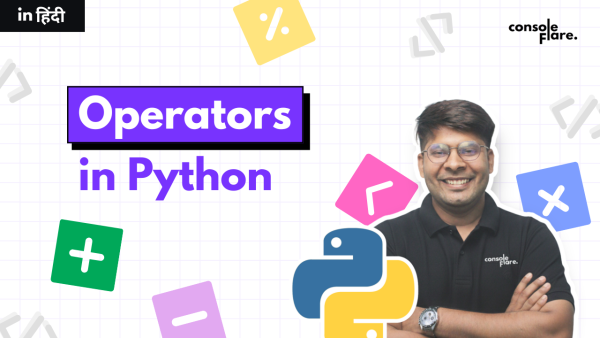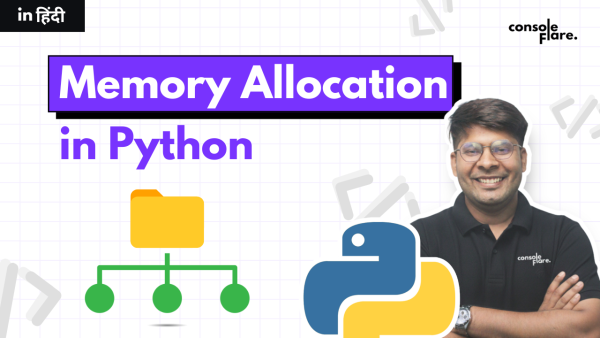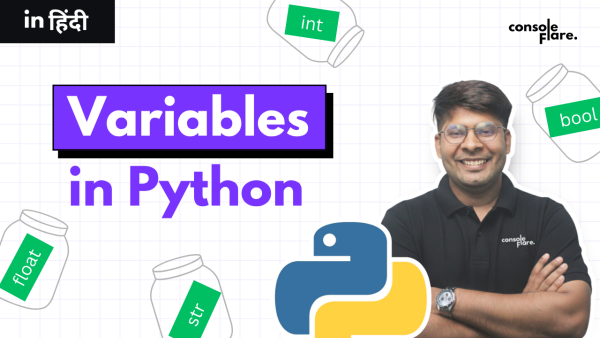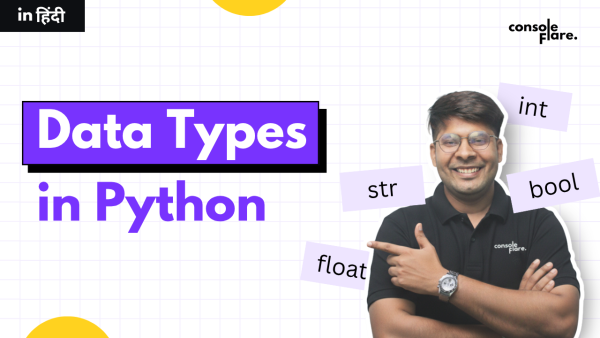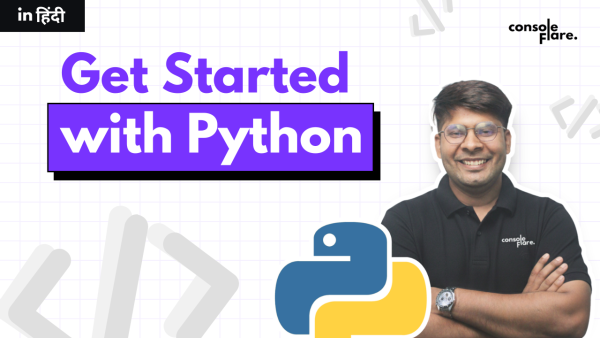Python Operators Explained with Easy Examples
Operators in Python Operators in Python are unique symbols that enable us to carry out various operations, such as assigning data, comparing values, and adding numbers. Consider operators to be tools that instruct Python on how to handle your data. Let’s examine each of the primary operator types individually using clear and thorough examples! 1….
Python Memory Allocation Explained for Beginners
Python Memory Allocation Explained for Beginners Python memory allocation is important from the very first line of code. Python stores values, while you write variables. It’s a straightforward concept, but a whole system is operating behind it. Understanding memory allocation in Python helps you to manage memory, update values, and store data. This guide explains:…
HackerRank Set Union Python Solution Explained in 5 Easy Steps
HackerRank Set Union Python Solution Explained in 5 Easy Steps The HackerRank Set Union Python Solution might look simple at first, but it’s a great example to understand how sets work in Python.If you’re learning Python or preparing for coding interviews, this challenge helps you practice real problem-solving logic. The Meaning of the Question Some…
Variables in Python: A Complete Beginner’s Guide with Examples
Variables in Python: A Complete Beginner’s Guide with Examples Variables in Python are like boxes with labels on them. Imagine that you‘re moving to a new place and putting your things in boxes with labels like “Books,” “Clothes,” and “Snacks” so you can find them later. Variables in Python are like those boxes with labels…
Python Data Types for Beginners: A Simple Guide to 4 Key Types – int, float, str, and bool
Learn the 4 key Python data types – int, float, str, and bool – with simple examples and tips, perfect for beginners starting their coding journey.
HackerRank Set pop(), remove(), and discard() Python Solution | In 7 Step-by-Step Explanation
HackerRank Python Series: Working Through the Set discard(), remove(), and pop() Challenge Hi there! Welcome back to our HackerRank Python Series! I’m looking forward to talking about the Set discard(), remove(), and pop() challenge today. I taught Python for a while, and to be honest, sets really confused me at first. They are useful, but…
HackerRank Python Solution – Using itertools combinations_with_replacement | In 5 Easy Steps
Overview We’ll solve the combinations_with_replacement function, one of the most well-known HackerRank Python challenges that makes use of the itertools library, in this post. This task teaches you how to handle strings in a sorted fashion and how to create combinations when repetition is permitted. You can watch my YouTube video to follow along visually…
Getting Started with Python: 7 Easy Steps to Learn Programming Basics
Getting Started with Python: 7 Easy Steps to Learn Programming Basics Getting started with Python is the perfect first step for anyone who wants to learn programming. Before we start coding in Python, let’s go over some basic but important ideas that will help you code with confidence. 7 Easy Steps to Learn Programming Basics…
Data Science with Python Certification Course Online
Unveiling the Power of Data Science with Python Certification Courses Online In today’s data-driven world, the fusion of data science and programming is revolutionizing industries across the board. The data-centric landscape requires professionals who can not only make sense of the massive amounts of data but also extract valuable insights to drive informed decisions. This…
Advantages of using Python for Data Science
Unveiling the Power of Python for Data Science In today’s data-driven world, the demand for skilled data scientists and analysts has soared, with Python emerging as a dominant player in the field. Python’s versatility, ease of use, and rich library ecosystem make it the go-to programming language for data analytics and data science. In this…


